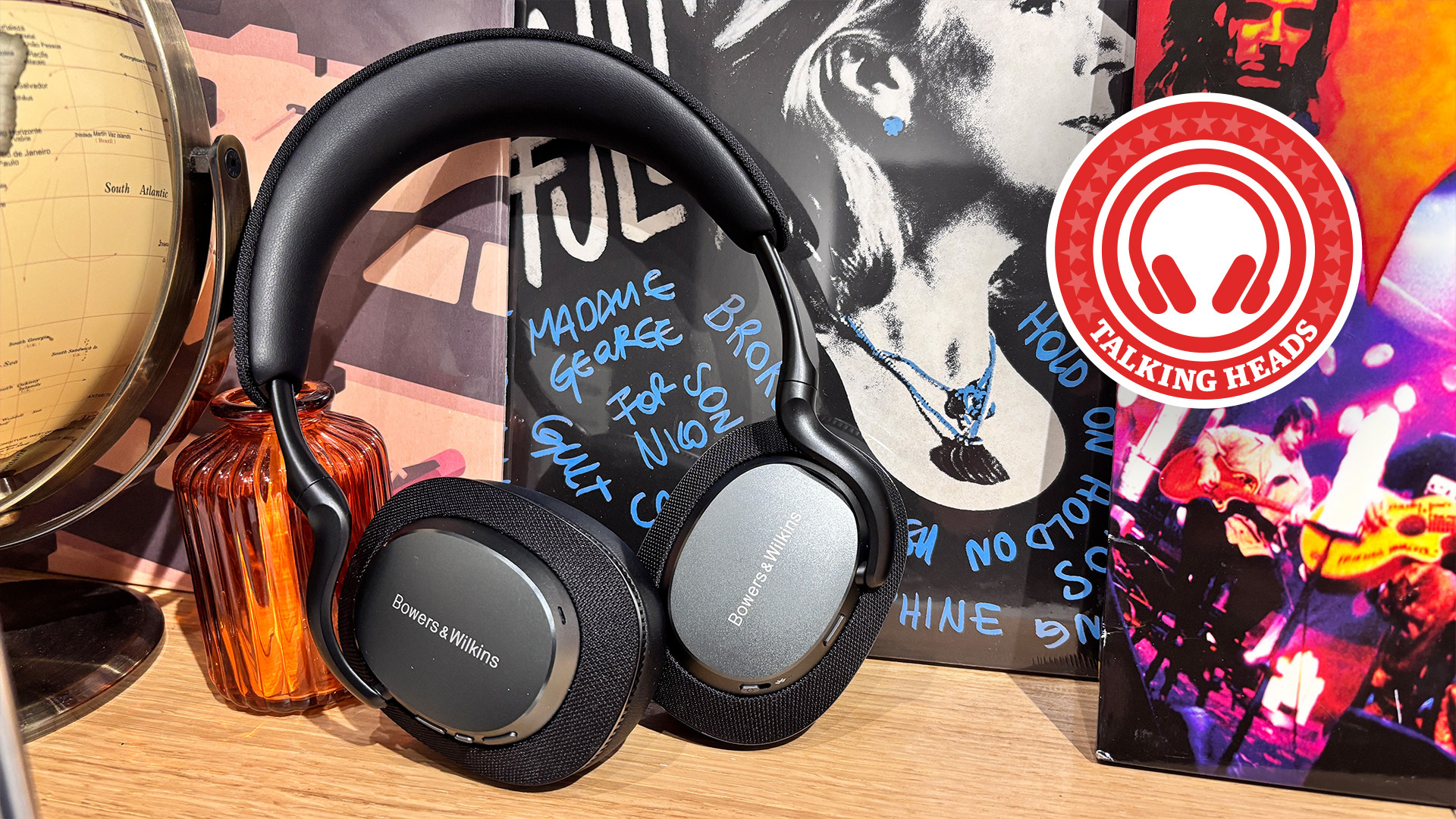Samsung Galaxy S25 Ultra vs iPhone 16 Pro Max: how do the flagship phones compare?
Battle of the big boys
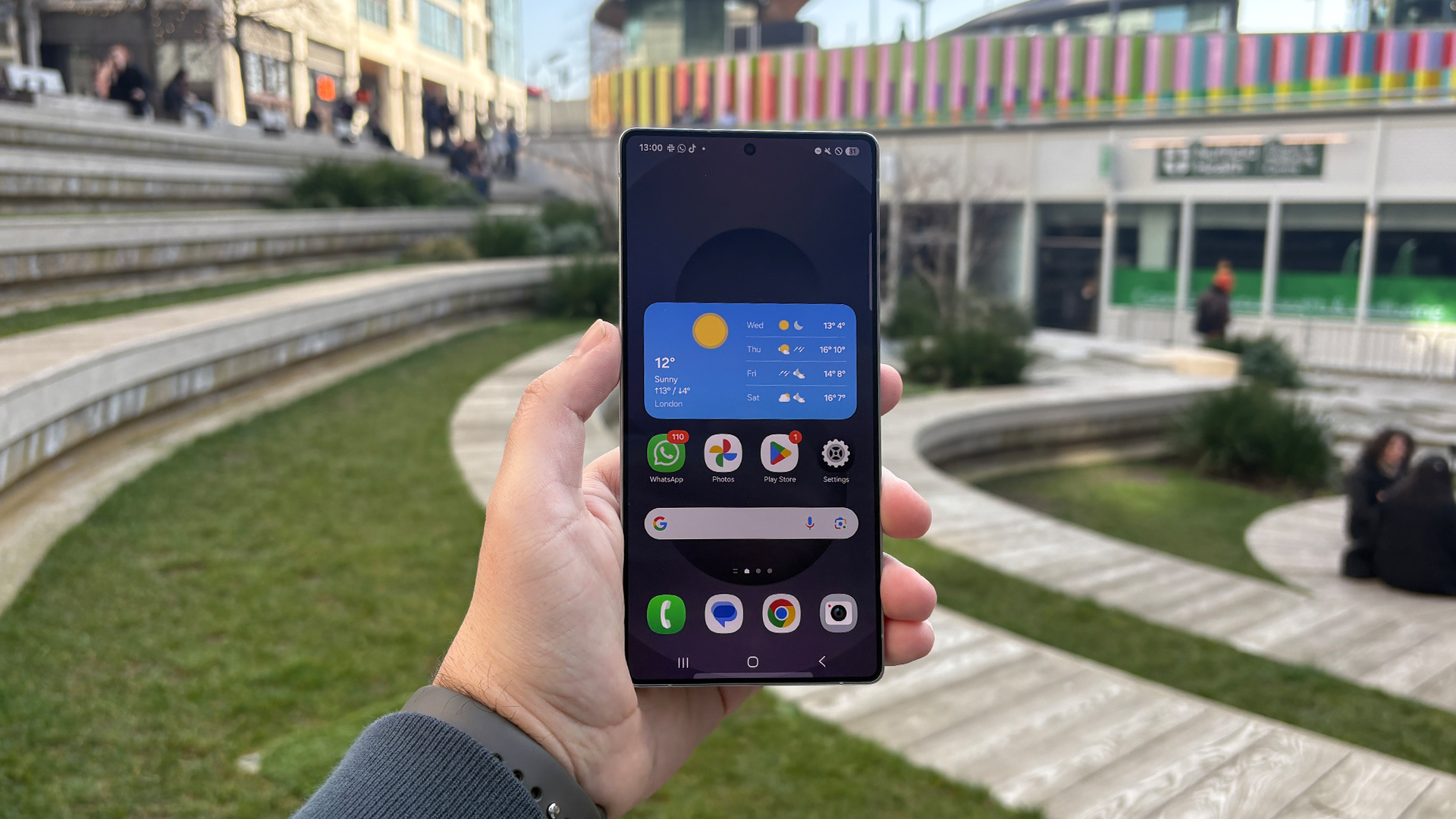
If you're looking to buy one of the biggest and best smartphones, chances are the Samsung Galaxy S25 Ultra, and Apple iPhone 16 Pro Max are on your shortlist.
Both handsets, the flagships of their respective ranges, offer cutting-edge tech, premium designs, and all manner of features to tempt you. But phones don't exist in isolation – on the contrary, they land in a fiercely competitive field of rival smartphones where they must fight for survival.
While we've yet to review the iPhone 16 Pro Max, we have reviewed its sibling, the iPhone 16 Pro. The Pro and Pro Max are virtually identical, with the main difference being that the Max has a larger 6.9-inch screen versus the Pro's 6.3-inch display (both have a 460 PPI count). The Pro Max's larger battery is also rated for up to 29 hours of video streaming, versus the Pro's 2 hours. That aside, they're exactly the same.
With that in mind (and given that we've fully reviewed the Galaxy S25 Ultra), our comparison below is based on our review of Samsung's offering, along with the iPhone 16 Pro, which shares identical key metrics with its Pro Max brother.
Samsung Galaxy S25 Ultra vs iPhone 16 Pro Max: price
First, the good news: the Samsung Galaxy S25 Ultra has the same starting price as its predecessor. The bad news? £1249/ $1299 / AU$2149 for the base model is a lot of money, even for a 256GB smartphone with these kinds of specs. The 512GB model is £1349 / $1419 / AU$049, and the 1TB is £1549 / $1659 / AU$2749.
That's a little pricier than the iPhone 16 Pro Max, whose 256GB variant will set you back £1199 / $1199 / AU$2149. The 512GB is £1399 / $1399 / AU$2499, while the 1TB is £1599 / $1599 / AU$2849. Those prices are still considerable but slightly cheaper than the S25 Ultra.
Ultimately, though, if you're spending north of a grand on a phone, there's relatively little to separate the two models in terms of price, particularly if you go down the pay monthly route.
Samsung Galaxy S25 Ultra vs iPhone 16 Pro Max: design and screen
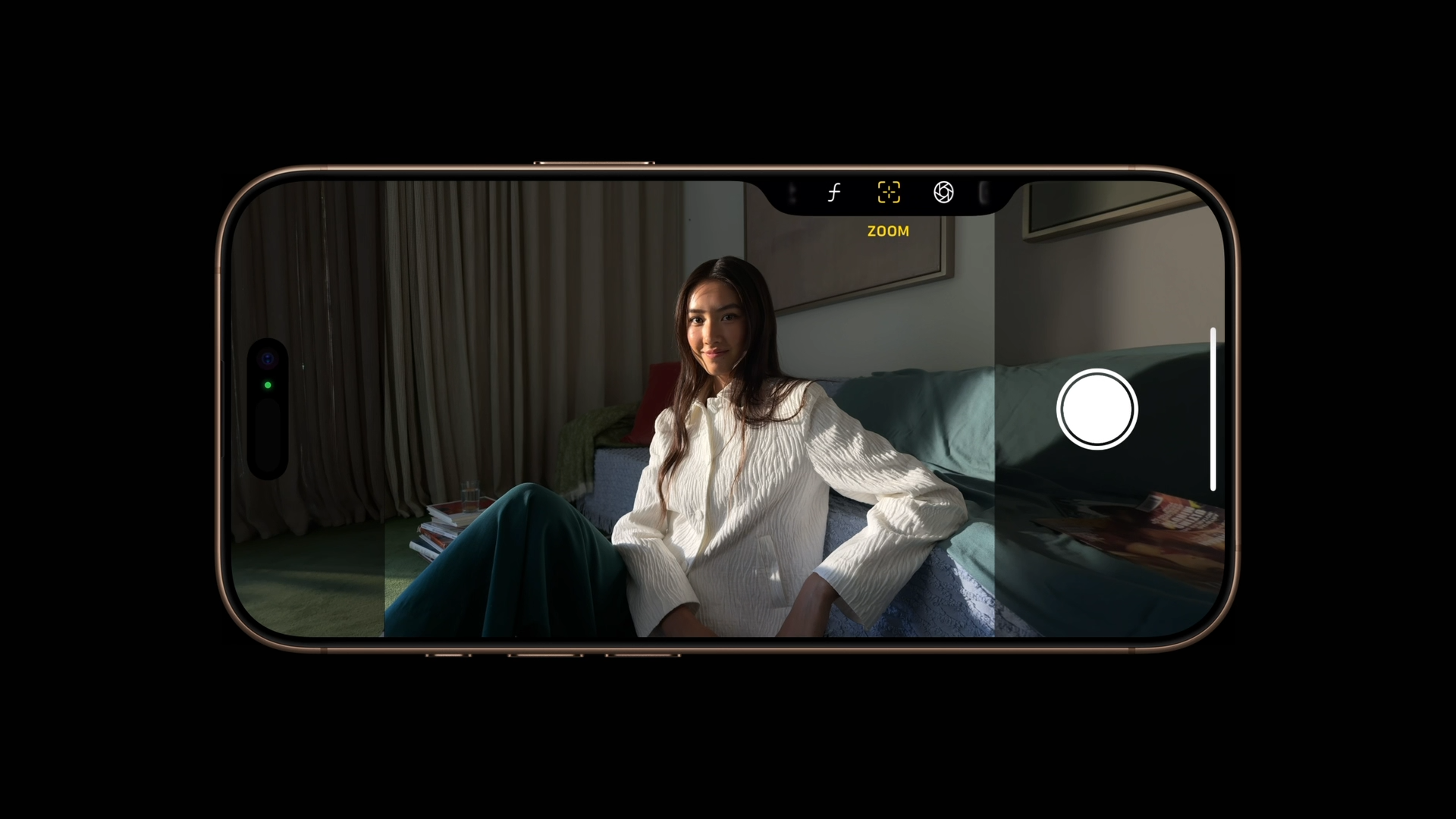
Samsung has followed Apple's lead and enlarged the size of the S25 Ultra's screen. It now stands a mighty 6.9 inches across the diagonal, compared to 6.8 inches on the S25 Ultra. Not a massive increase, admittedly, but an increase all the same.
It doesn't make for a large and bulky phone, though. Far from it. The S25 Ultra's bezels are 15 per cent slimmer than its predecessor's, and it's actually 15g lighter than the S24 Ultra, and 9g lighter than the iPhone 16 Pro Max (218g to 227g). That will be thanks to its titanium frame. The S25 Ultra also has more rounded corners than its predecessor, and it's a flatter design overall.
It should be strong, too. The S25 Ultra's Corning Gorilla Armour 2 display covering is 29 per cent more effective at reducing scratches and fractures. Luckily we didn't have any accidental drops or clumsy disasters during our review, but we'll take Samsung's word for it.
As for the Galaxy S25's screen, it has a max brightness of 2600 nits. There's also a new ProScaler feature that can upscale lower-resolution content with 43 per cent more detail, according to Samsung. In our review, we found the display to be superb – bright, sharp, and with excellent contrast, while the ProScaler upscaling proved genuinely effective for streaming content.
The iPhone 16 Pro Max's screen doesn't go quite as bright, topping out at 2000 nits. Like the S25 Ultra, the Pro Max's screen is equipped for 4K at 120Hz, which is the same as the best gaming TVs. And also like the S25 Ultra, it's made of titanium, making it strong yet light.
As for its design, it's predictably very "Apple" – which, of course, is no bad thing. Sharing the same design and build as the 16 Pro Max (just a bit smaller), the 16 Pro is a sleek and solid bit of kit, with a premium feel and thinner bezels that help the display feel even more immersive.
The new Desert Titanium finish joins returning colour options and adds a bit more flair for those wanting their device to stand out. And while the Dynamic Island (aka, the long pill-shaped cutout at the top of the display) can still be a slight visual distraction for video, the panel itself is bright, sharp and wonderfully smooth, thanks to Apple’s 120Hz ProMotion tech.
Lastly, thanks to the EU, the 16 Pro Max follows its predecessor with a handy USB-C port, matching the convenience that Samsung (and, indeed, Android) users have enjoyed for years.
Samsung Galaxy S25 Ultra vs iPhone 16 Pro Max: features

Samsung has made a big deal of the S25 Ultra's AI features. The AI photo editing tools have been upgraded, and now feature a more effective Generative Fill tool thanks to an on-device large language model. Which should make for more realistic-looking photo edits.
All capacities feature the same Qualcomm Snapdragon 8 Elite for Galaxy processor with 12GB of RAM. There's also a new 50-megapixel ultrawide camera alongside the existing 200-megapixel main snapper, 10-megapixel telephoto and 50-megapixel periscope sensors. The front-facing camera is 12 megapixels.
The S25 Ultra runs Samsung's One UI 7 (which is based on Android 15) with seven years of OS and security updates promised. So it's not going to go out of date tomorrow.
Both the S25 Ultra and iPhone 16 pro Max come in 256GB, 512GB and 1TB variants.
Chief among the iPhone 16 Pro Max's features is the Camera Control button. It's capacitive, which means it reacts differently depending on how you press it. Click it once and the camera app opens. Click it again to take a photo. And clicking to hold will start recording a video. A light press shows a preview of what you're about to shoot, while a new overlay gives you access to functions such as zoom and switching between lenses.
An AI feature called Visual Intelligence gives you contextual info on whatever you point your camera at, be it the Statue of Liberty or an unknown breed of dog. The Pro Max has a 48-megapixel ultra-wide camera, 48-megapixel fusion, and 12-megapixel telephoto with 5x optical zoom.
Away from the cameras, the 16 Pro Max features Apple's A18 Pro processor, with Apple Intelligence features available since December 2024. It also has four studio-quality mics and Spatial Audio capture for a more immersive listening experience. There's a new audio mix feature, powered by AI, which identifies and separates background sound from speech, and lets you choose what to prioritise.
The Dynamic Island, USB-C port and 25W MagSafe wireless charging are also present and correct.
Samsung Galaxy S25 Ultra vs iPhone 16 Pro Max: picture
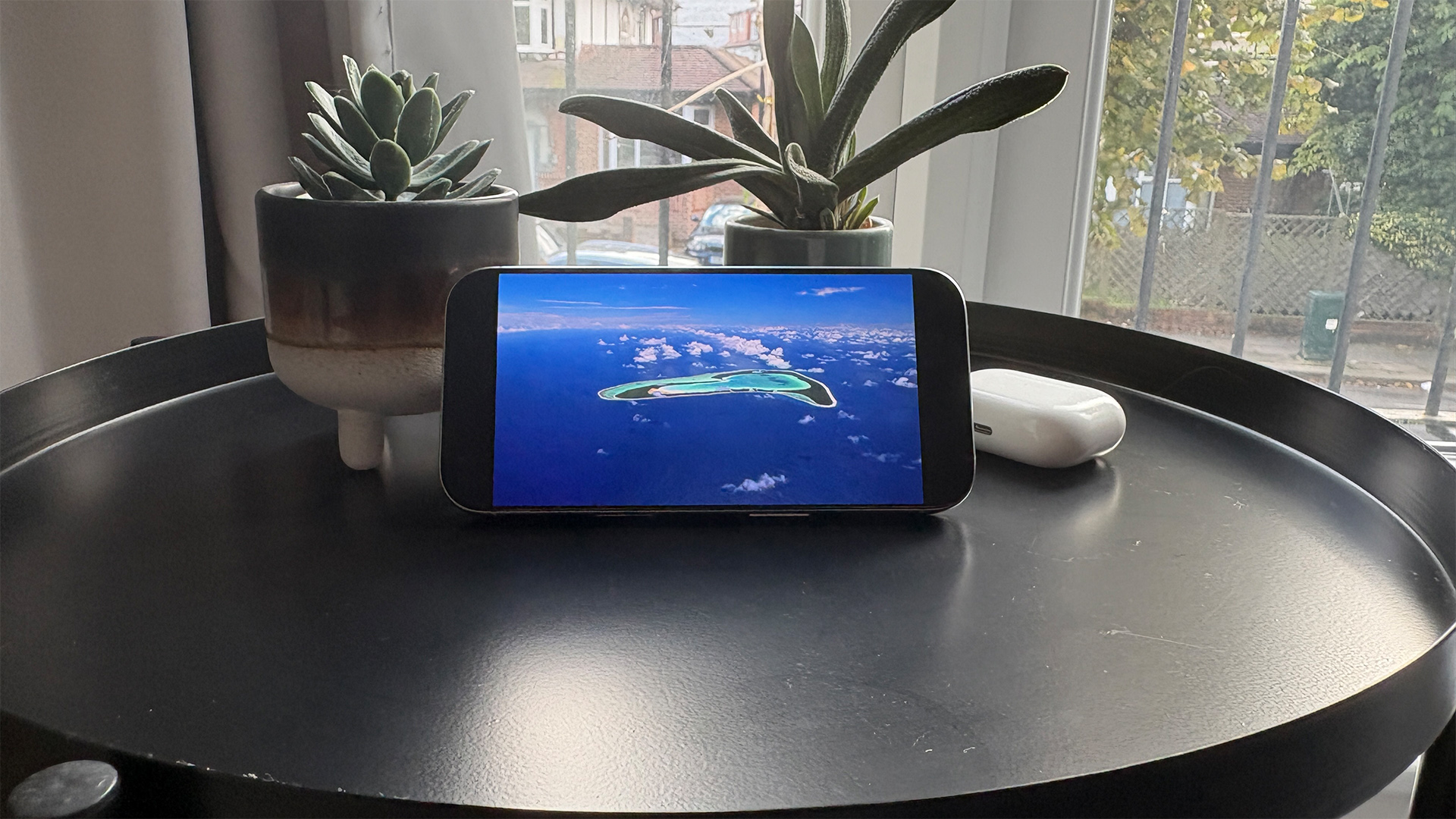
We’ve now reviewed the Galaxy S25 Ultra, and it’s one of the best displays we’ve seen on a smartphone. It’s bright, detailed and offers a superb sense of depth. Colours are vivid without tipping into oversaturation when set to Natural mode, and the ProScaler feature really does help streamed video look cleaner and more refined. We did notice a slight bit of motion judder in one or two panning shots, but this was rare and not unique to the device.
In contrast, while we haven't reviewed the iPhone 16 Pro Max, we have tested the standard iPhone 16 Pro, which is basically the same, but a bit smaller. So we have a pretty good idea of how it will perform.
And that is very well indeed. "A balanced, sharp and bright image that looks stunning regardless of the content we throw at it," was our verdict of the 16 Pro Max.
Top Gun: Maverick looks warm, rich and engaging, with a good level of detail in both dark shadows and bright highlights. It's rich and punchy, yet also very well-balanced. Another stellar performance from Apple.
Samsung Galaxy S25 Ultra vs iPhone 16 Pro Max: sound
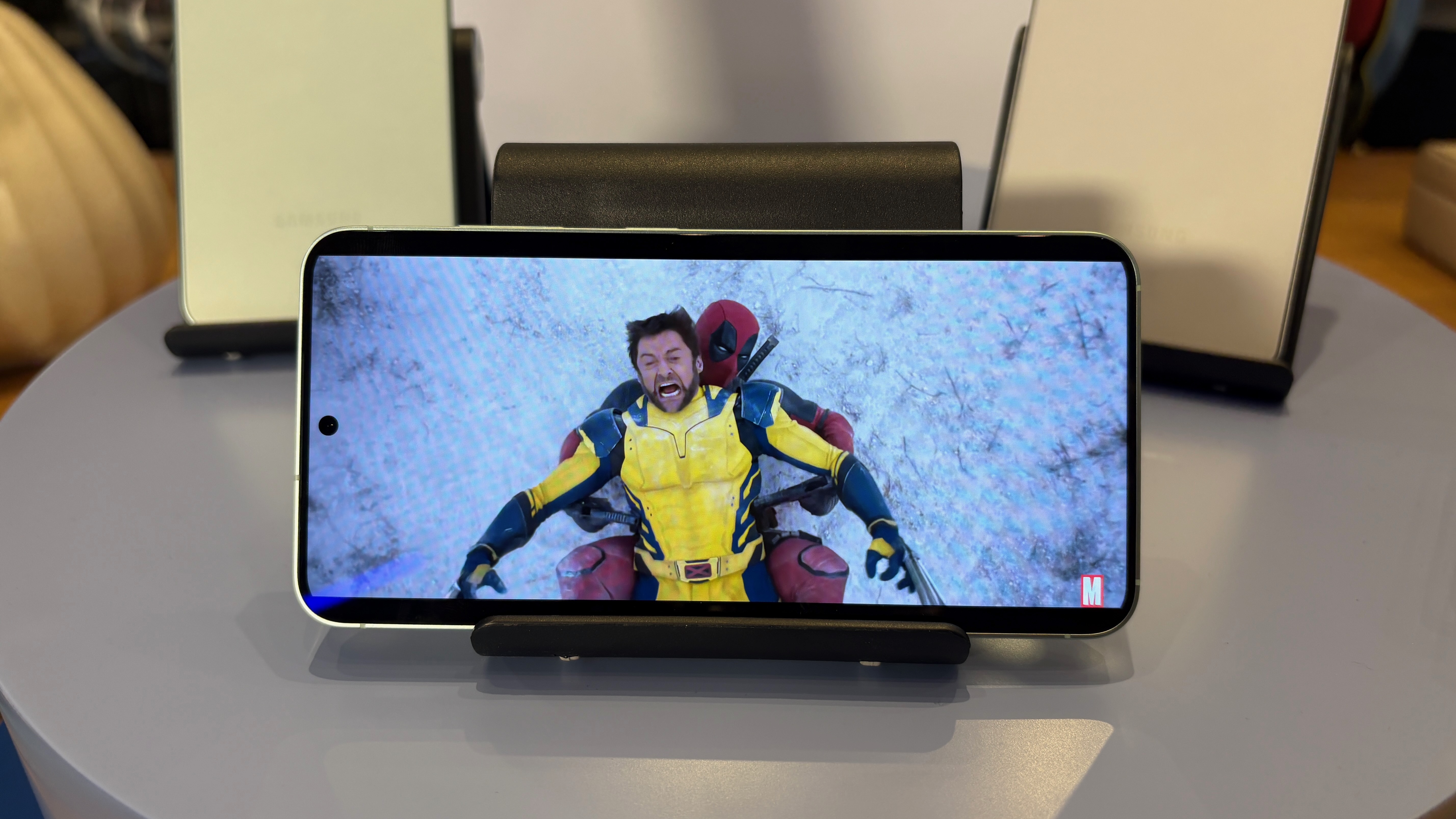
Having had a chance to put the S25 Ultra's speakers its paces, we can confirm that the audio is crisp and detailed, with good clarity and a solid stereo effect for a phone. Dolby Atmos support brings a greater sense of immersion when watching compatible content as well. That said, we found that while the S25 Ultra sounds punchy, it still can’t quite match the emotional subtlety or fine detail of the very best performers in this space.
In contrast, Apple's iPhone 16 Pro is, we declared, "easily the best-sounding phone we’ve heard all year." The sound is more refined than before – "warm, smooth and dynamic", we said, but "this year it digs out even more detail."
Tracks are bursting with detail, while it keeps time well with even the most complex arrangements. Even the built-in speakers fare well, and we expect that the 16 Pro MAx matches its slightly smaller sibling in the audio department.
Samsung Galaxy S25 Ultra vs iPhone 16 Pro Max: early verdict
We applaud Samsung for the ProScaler feature especially – most phone makers don't offer meaningful upgrades to picture quality from one year to the next, and even those that do often don't consider it worth mentioning during their presentations. Kudos, Samsung.
Ultimately, your preference might be swayed by whether or not you'd rather use an Android or iOS device, as the OS makes up a major part of your daily smartphone experience. Having said that, we'll be updating this feature once the iPhone 16 Pro Max has been given the full testing treatment, so stay tuned.
MORE:
The ones to beat: best smartphones for music and movies
The best iPhones around
Read our Samsung Galaxy S25 Ultra review
Get the What Hi-Fi? Newsletter
The latest hi-fi, home cinema and tech news, reviews, buying advice and deals, direct to your inbox.
Joe has been writing about tech for 20 years, first on staff at T3 magazine, then in a freelance capacity for Stuff, The Sunday Times Travel Magazine (now defunct), Men's Health, GQ, The Mirror, Trusted Reviews, TechRadar and many more. His specialities include all things mobile, headphones and speakers that he can't justifying spending money on.
- Esat DedezadeFreelance contributor
You must confirm your public display name before commenting
Please logout and then login again, you will then be prompted to enter your display name.

